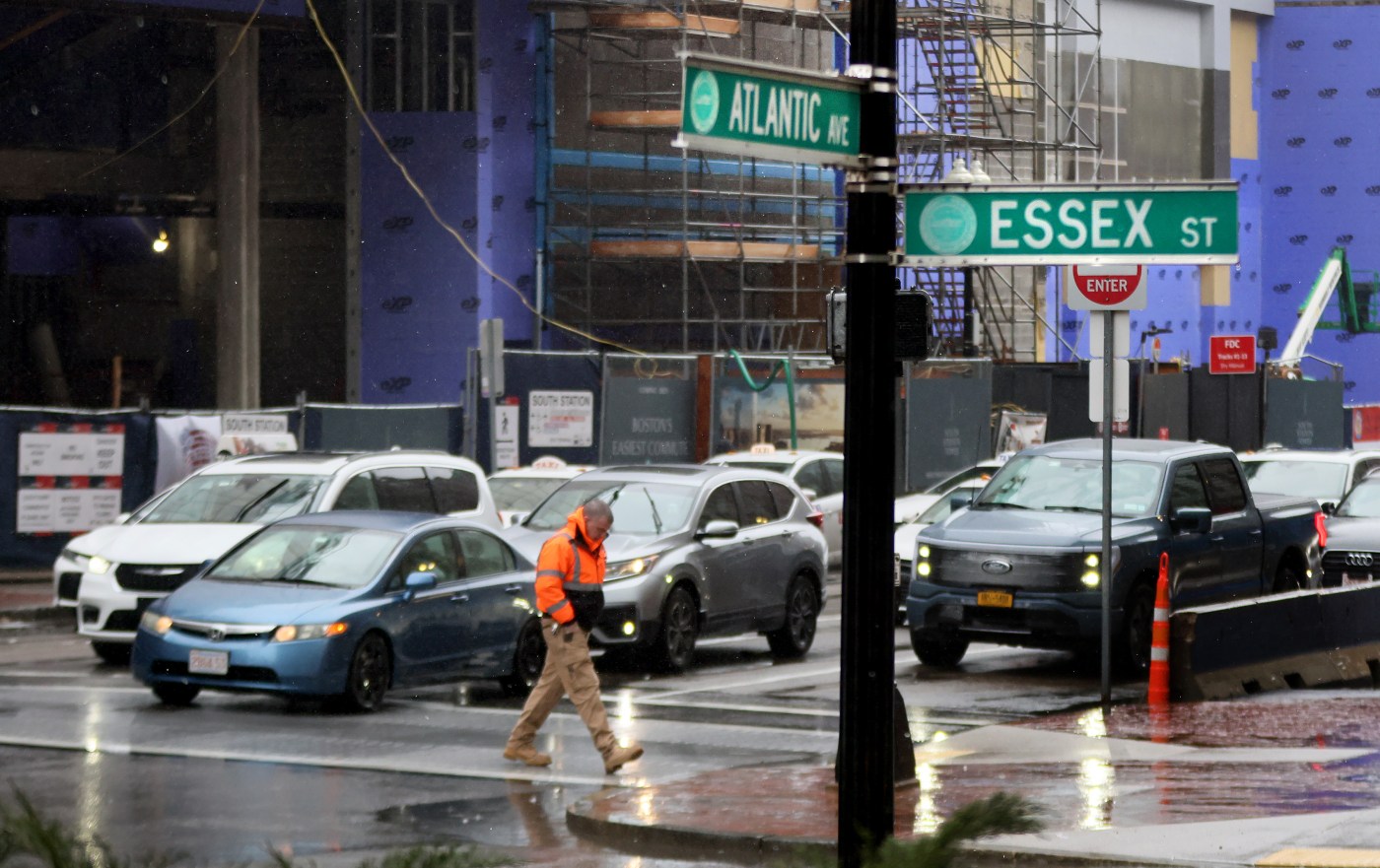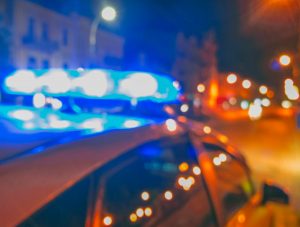
Lowering Boston speed limit won’t slow cars down without street redesign, transit advocate says
A city councilor’s push to lower the speed limit from 25 to 20 mph is being called an important first step as Boston grapples with a string of serious pedestrian crashes, but a transit advocate says it won’t slow drivers down unless streets are redesigned to force that intended speed.
Stacy Thompson, executive director of LivableStreets Alliance, said redesign efforts with traffic-calming measures like speed humps and bike lanes would be a more effective long-term deterrent to speeding than beefing up traffic enforcement by the city’s police department, which is part of the councilor’s new push.
“I think this is a really good conversation to be had,” Thompson said. “Having said that, we also know that when you don’t change the roadway design, people will still speed.”
Lowering the citywide speed limit from 30 to 25 mph in 2017 as part of a local home rule petition approved by the state “did make a difference,” she said, “and there’s a lot of evidence that the fatality rates, the likelihood that a person will die dramatically decreases when a vehicle is moving at 20 miles an hour or less.”
The city’s “25 in Boston” section of its website touts statistics supporting its past speed-limit-lowering push, which show that the likelihood of fatal or severe injury for pedestrians struck by drivers steadily decreases from 47% at 30 mph, 30% at 25 mph to 17% at 20 mph, the speed councilors have advocated for in the past.
“Lowering the default limit can be an important first step but it is not the only step,” Thompson said. “If the City Council really wants to move forward and try to do this again with the Legislature they also need to commit to working with the city to continue to put down additional walking and biking safety improvements so that cars have to go 20 miles an hour.”
Related Articles
Building contractor to meet with district officials at Boston school that smells like ‘poop’
Proposed Shattuck Hospital redevelopment needs to shrink, council told
Boston pushing for 15-20 mph citywide speed limit after pedestrian deaths
Boston city councilor opposes Mayor Wu’s plan to raise commercial tax rates
Boston city councilors press for action after BPS leaves varsity baseball team without transportation
The conversation around lowering the citywide speed limit was reignited Wednesday by City Councilor Ed Flynn, who filed a hearing order in response to two fatal pedestrian crashes that occurred within roughly a week of one another in South Boston, which is part of the district he represents.
On March 24, a 4-year-old girl, Gracie Gancheva, was struck and killed by a truck at the intersection of Congress and Sleeper Streets near the Boston Children’s Museum, and on Tuesday, a 57-year-old man in a wheelchair, Fernando R. Pizzaro, was killed by a cement truck in the area of Frontage Road and Traveler Street.
The two fatalities bookended the release of a new report from WalkMassachusetts that stated Boston had the most pedestrian fatalities last year, accounting for eight of the 69 pedestrians who lost their lives in crashes in the state.
On Thursday, tragedy struck again shortly before 8 a.m., when a woman was hit by a truck outside South Station, at Essex Street and Atlantic Avenue. Her injuries were life-threatening as of that evening, a Boston Police spokesman said, and no charges have been filed.
The driver stopped and stayed on scene, the BPD spokesman said.
Thompson said the “really tragic streak of serious crashes and fatalities in South Boston and the waterfront” are also connected by the involvement of large trucks, underscoring an issue seen across the country.
“It’s just vehicle size,” she said, “and what is and frankly, isn’t, happening on the federal level to regulate the size of vehicles and regulate where those vehicles can be when there are lots of pedestrians around.”
While Flynn is pushing for lowering the speed limit to 20 mph, he said he thinks it should be even lower, at 15 mph. He’s also calling for changes to the city’s Safety Surge Program, which has already implemented speed humps in qualifying neighborhoods with the 20 mph speed the council has pushed for in the past — by adding those traffic-calming measures in main thoroughfares as well.
It’s his push for increased traffic enforcement by police that has Thompson skeptical, in terms of her not seeing that as an effective long-term solution.
“This isn’t like a dig on the police,” Thompson said. “It’s just the reality that if you have a dangerous intersection where it’s physically possible for a vehicle to speed, short of paying for a police officer to stand on every single street corner in the city, it’s just not a viable long-term solution.”


